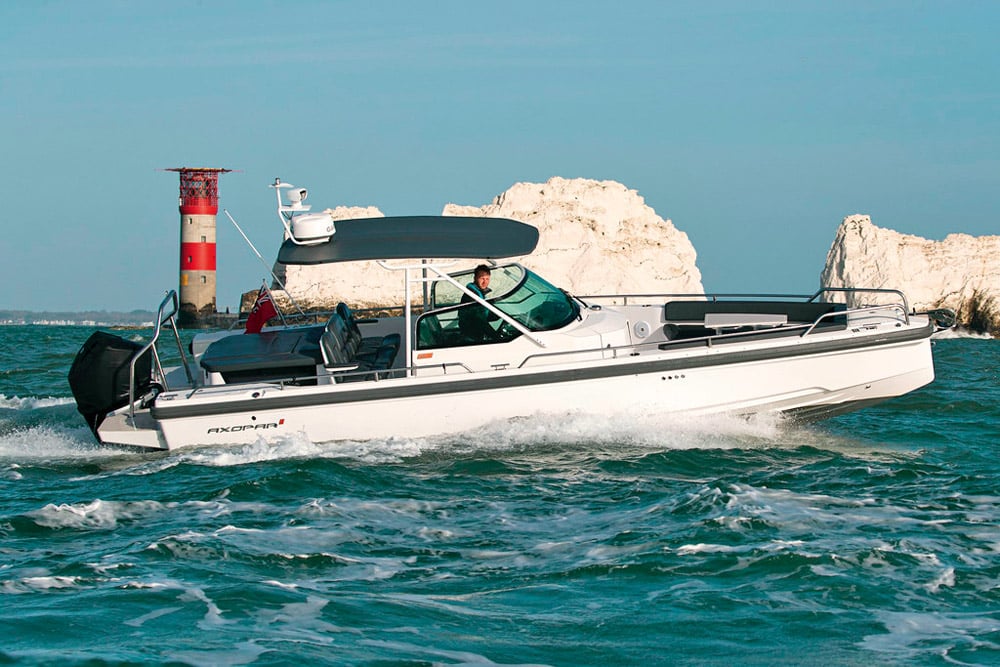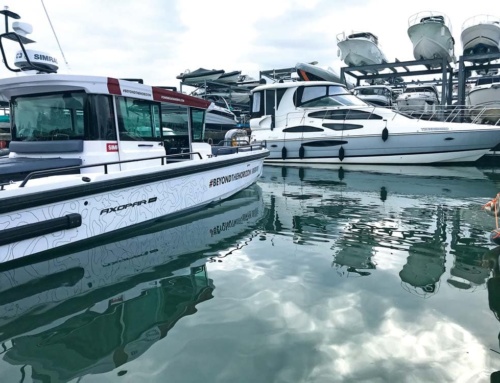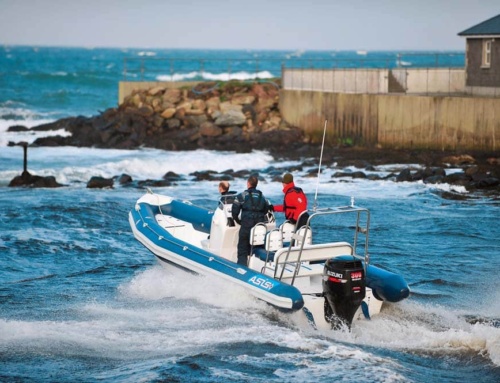In the third part of this ‘Back to Basics’ series, Paul Glatzel discusses tides and where we can obtain the essential information needed …
Welcome to the third in this ‘Back to Basics’ series of articles. Previously we’ve looked at charts/chartplotters and the information we can find in these to help us have the most enjoyable and safest time afloat. Charts of all types are only of any use, though, if we also have access to tidal information and can interpret our charts to determine how these tides will affect us. Before we look at where we can obtain tidal information, let’s remind ourselves about the basics.
Tides are a product of the interaction between the sun, the moon and the earth. Each month we get what are called ‘spring’ tides and ‘neap’ tides. Spring tides give us the highest highs and the lowest lows, and so too the greatest ‘range’. Neap tides are not quite as high and not quite as low, so they have a smaller range than springs. In fact, the neap range tends to be about half that of springs. As we will discuss later, this means that with springs we see twice the movement of water that we get at neaps, so the horizontal speed of movement of water is roughly twice that at neaps.
Spring tides occur with the sun, moon and earth all pulling together to create these highest highs and lowest lows. Note that the spring range is roughly twice that of neaps, which are not quite as high and not quite as low. Every two weeks we get spring tides with neaps between these.



Here we want to transit from the bottom right-hand corner, north of the cardinal mark, and into ‘Blood Alley Lake’ following the dotted line. Let’s imagine we checked the tides and at the time we wish to transit we have 1.5m of tide. The numbers in the blue area are what we call ‘charted depths’ and are the minimum depth of water we will ever experience in those locations.

Here we see the area off Portland Bill. Let’s imagine the tide is flowing left to right. As the tide flows towards the area in blue, the charted depth is 58m. This decreases really quickly to as little as 10m south of the Bill. As we cannot compress water, it does two things: 1) It speeds up over this shallower area, and 2) it kicks up to create standing waves above the shallower area. Therefore, if we are boating through here when the tide is flowing fastest, even with no wind we can get very rough conditions. Now add in the wind. Let’s imagine it is blowing from the east. We then get ‘wind against tide’ and potentially extremely tough, challenging and dangerous conditions.
So how do tides affect us as boaters?
The most obvious way is the depth of water where we want to go and whether there is enough to operate in.
So we start with 2.6m (the 1.1m charted depth + 1.5m tide), but this reduces to 2.0m (0.5m + 1.5m). The green area is an area that ‘dries’ at this lowest level of tide, but adding the tide means we have 1.3m of depth (1.5m – 0.2m). So is it safe to pass over this area? Maybe! It all depends on the draught of your vessel. If the vessel draws 0.75m, we should have 0.55m of clearance. Do we, though? It may be that the area hasn’t been sounded for years, but it could be that it’s soft sand or mud and trimming the engine up and taking it slowly will reduce the chances of problems. A rising tide would be good too. These are all factors to consider.
The other key factor is the horizontal flow of water and how this affects our boating. We call the horizontal flow ‘tidal stream’.
At the simplest level, tide can act behind us and speed us up, on our bow and slow us down, or on our beam and push us off course – perhaps dangerously so. The bit often overlooked, though, is how the stream interacts with the seabed or coastal features and how this may impact our comfort and safety afloat.
To make a safe passage there is therefore a need to interpret a chart to identify areas that can be affected by the stream, and then to identify the tidal stream rate and direction to predict the conditions that you may face.
So in summary, tides and tidal information can play a critical part in us understanding where we can go and what conditions we may face when there. The massive moves forward in apps and websites make getting this information extremely easy, so it’s straightforward to obtain the information you need and to get it really cheaply. As with anything boating orientated, we’ll all have our own preferences, so try a few apps and see which you prefer.
So where is the best place to obtain the information we need to understand tidal heights and also the horizontal stream?
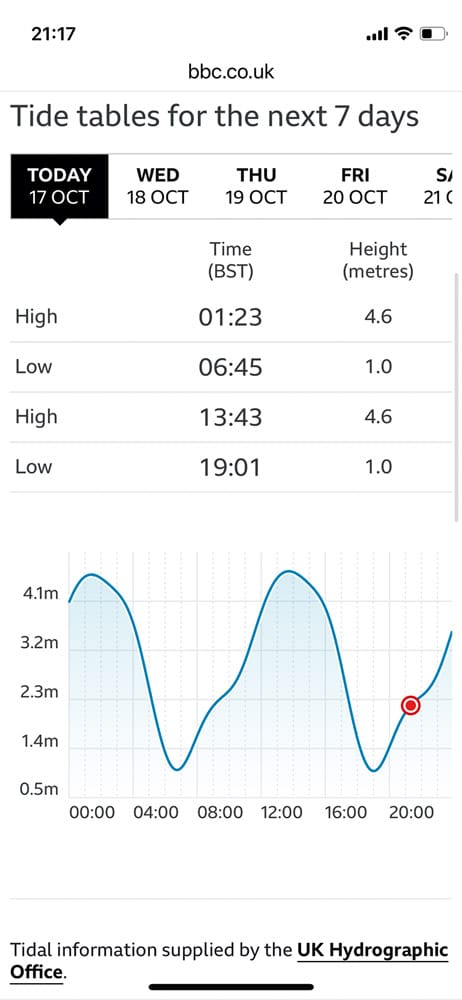
BBC Website
The BBC website has a simple section for tides and is free.
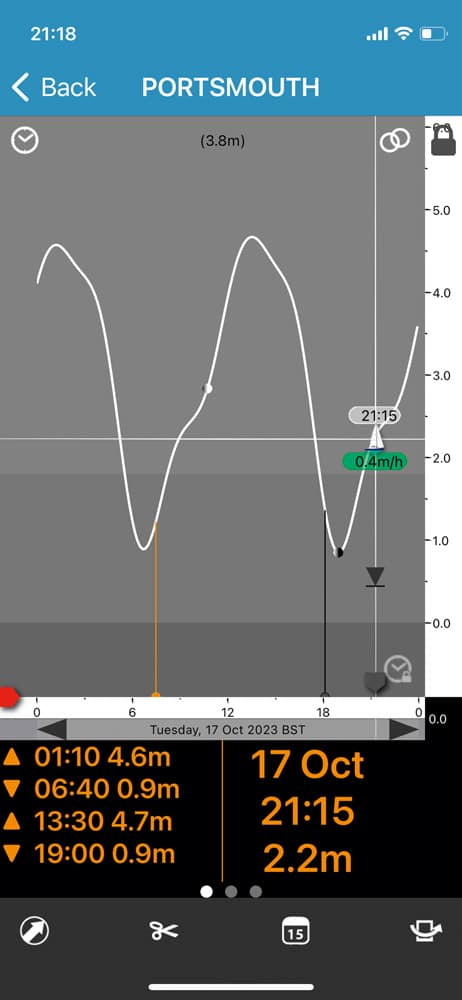
Imray Tides Planner
This is great and offers a whole year’s worth of countrywide data for only £6.
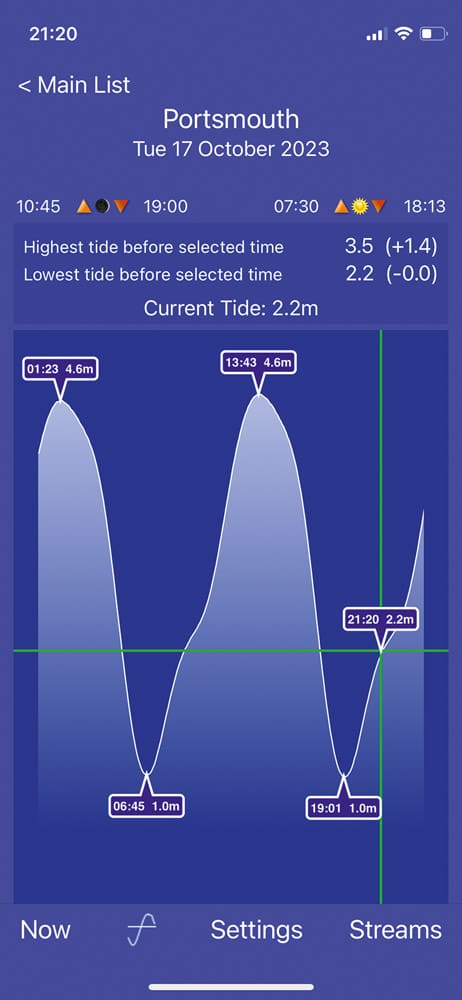
Absolute Tides
This is another simple-to-use app for about £3 a year.
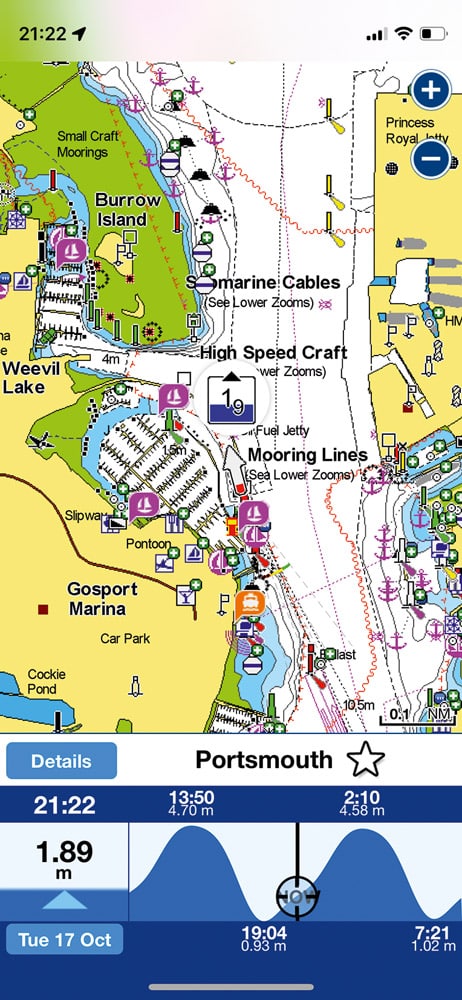
Navionics
The Navionics app has tides built into the chart package.
For tidal stream, apps can be very handy too:
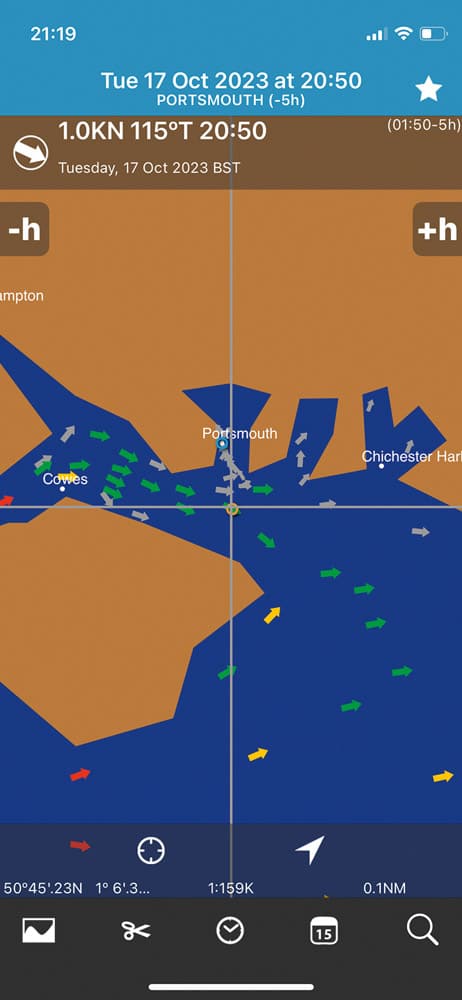
Imray Tides Planner
The Imray Tides Planner app has an extension for tidal stream.
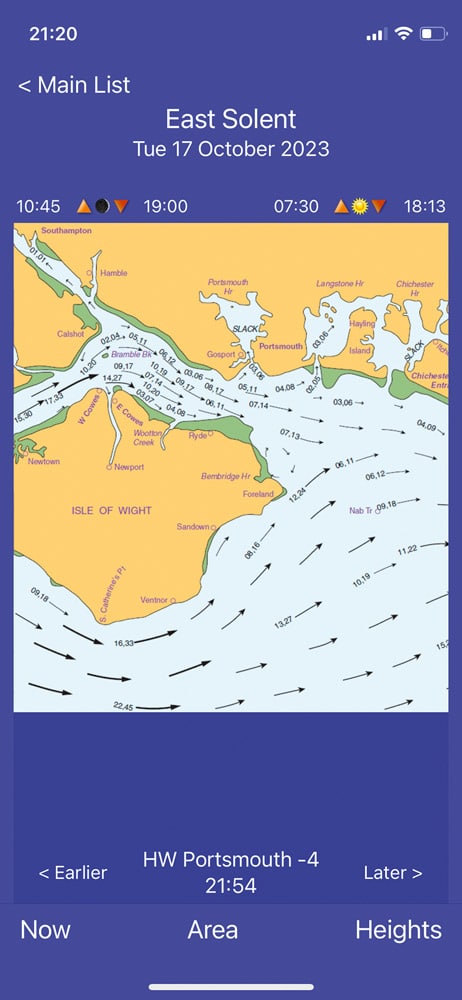
Absolute Tides
The Absolute Tides app uses a traditional approach with a tidal stream atlas.
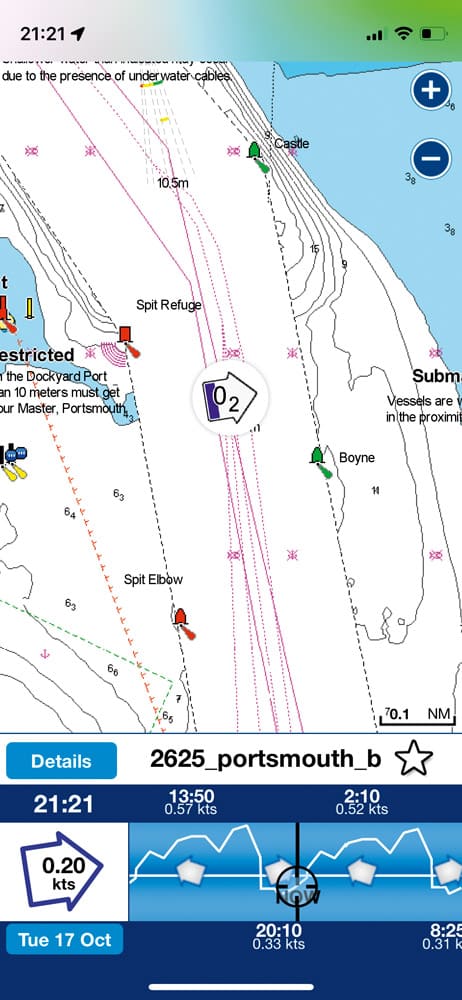
Navionics chart
The Navionics chart app shows tidal stream in a clear way too
Keep safe and have a great time afloat!
Read the full Back to Basics Series:
Back to Basics – Part 1: The ‘COLREGs’
Back to Basics Part 2: Interpreting your Charts and Chartplotter
Back to Basics Part 4: Buoys and Pilotage
Back to Basics Part 5: Boat Handling
Back to Basics Part 6: Marina Handling
Back to Basics Part 7: Dealing With Emergencies
Learn more in our Tuition Section

